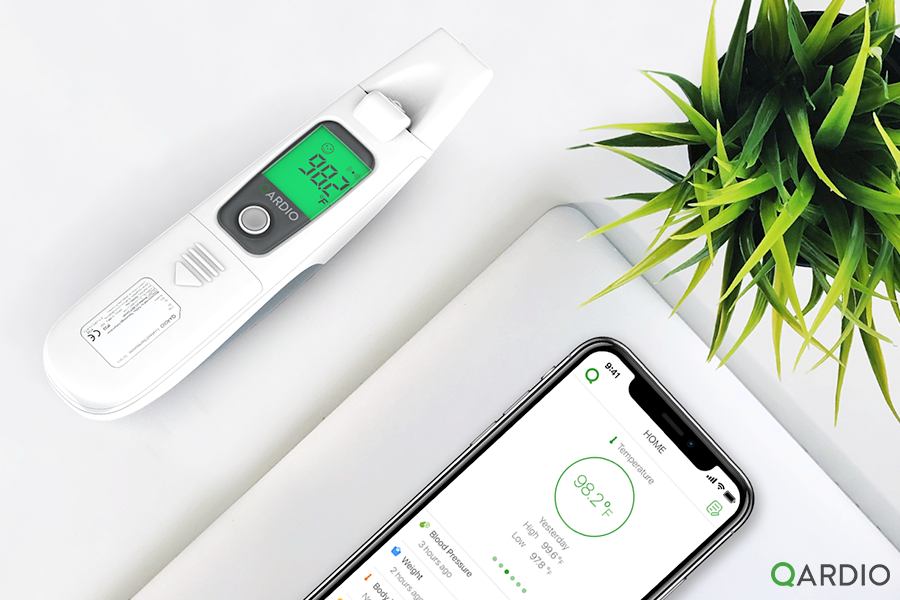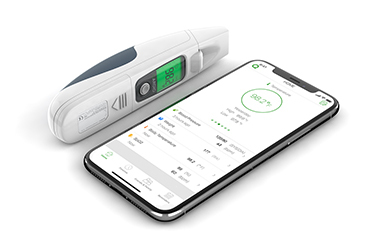From an early age, we have been measuring our temperature whenever we feel something is not right. Your body is set to function at a specific temperature, however, when it goes below or above the standard values it means your body could be fighting against a virus or bacteria. Normally these microorganisms need a specific temperature to survive and raising the body temperature serves as a way to kill them.
When we have the flu, allergic reactions, or COVID-19, we head to our cupboard and pull out our thermometer to take measurements. Temperature is normally calculated in Celsius (C) or Fahrenheit (F). However, what is considered to be normal, low, or high temperature? What could they mean?
What is normal body temperature?
For many years, it was thought that normal body temperature was set around 97.5 F (36.4 C) and 97.9 F (36.6 C). Over the years, this concept has changed, indicating that body temperature can vary depending on how active you are, time of day, gender, and what you’ve eaten or had to drink in the last couple of hours. It also depends on the area you are measuring. For example, underarm readings can be a degree lower than what you’d find from your mouth.
At the same time, body temperature varies depending on the stage of your life. Children normally have a higher temperature compared to adults. Overall, this is considered a normal temperature on each life stage:
- 0 – 10 years old: 95.9 F (35.5 C) to 99.5 F (37.5 C)
- 11 to 65 years old: 97.6 F (36.4 C) to 99.6 F (37.6 C)
- 65+ years old: 96.4 F (35.8 C) to 98.5 F (36.9 C)
What is low body temperature?
When your temperature drops to 95 F (35 C) or lower, it is considered to be low body temperature or hypothermia. It is normally linked to being exposed to low temperatures, but also to alcohol or drug use, anorexia, stroke, Parkinson’s disease, nerve damage, malnutrition, and medicines such as antidepressants, antipsychotics, or sedatives. Some studies have revealed that body temperature decreases with age. However, hypothermia is considered to be a medical emergency and requires treatment.
What is high body temperature?
When your body temperature is higher than 100.4 F (or 38 C) it is considered to be high, or fever. Normally, when your body is fighting against infection or virus, it raises its temperature to eliminate them. People tend to feel terrible and require rest when having a fever. However, this should not be considered a bad sign as our bodies are reacting in the right way to remove an invasive microorganism that could be harmful to our health. In case the fever lasts more than two days, it is recommended to check with your doctor. Some of the most common illnesses that cause fever are flu, tonsillitis, and kidney or urinary tract infections (UTIs).
Keeping a thermometer at home is the best way to control your temperature
The only way to know if you have fever or hypothermia is by checking your body temperature. QardioTemp is a forehead thermometer capable of checking your temperature in seconds. It does not require any contact with the skin and you can perform the scan from 3cm away. It is the best companion to detect fever as a result of COVID-19. It can be connected to the Qardio App to register measurements and keep track of changes in temperature over time.
Sources




